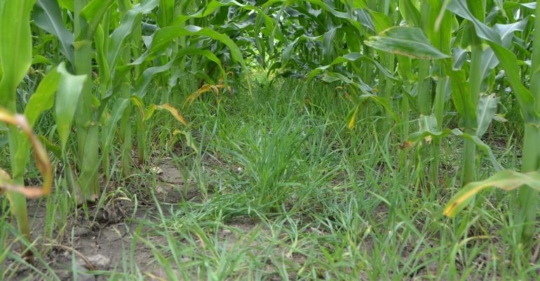Explore our blog featuring articles about farming and irrigation tips and tricks!
More Studies Funded To Increase Cover Crop Success Rate

By: WallacesFarmer
Improving the odds of having a successful cash crop following a cover crop is the aim of several new projects funded by the Iowa Nutrient Research Center at Iowa State University.
“Based on strong farmer interest and input from our center advisory committee, almost a third of this year’s $1.7 million in project funding will support research to understand how to best integrate cover crops into Iowa crop and livestock systems,” says Matt Helmers, director of the Iowa Nutrient Research Center and professor of ag and biosystems engineering at ISU. He points to a newly released study emphasizing that diverse cover crop varieties can help mitigate soil erosion and improve water quality, according to this site. “Since the center was established in 2013, we’ve funded about a dozen research projects linked to cover crops.”
Goal to expand covers in state
Planting cover crops is a conservation practice that’s a linchpin of the Iowa Nutrient Reduction Strategy, adopted in 2013. One way to achieve the strategy’s goals is to expand the use of cover crops to about 12 million acres, so they can soak up excess nutrients, keeping them out of streams and drainage tiles, and ultimately reducing nutrient levels flowing to the Gulf of Mexico.
Cover crops also can build soil health, provide livestock feed and reduce weed pressure in fields. However, because they can be hard to manage, expensive and pose risks to the following crop, more research is needed to address these challenges.
“If farmers have a good year growing cover crops, they can get really excited and plant more acres. But if they have a bad year, they might never use cover crops again,” says Alison Robertson, professor of plant pathology and microbiology, and a lead investigator of cover crop projects funded by the Iowa Nutrient Research Center.
Stay up to date on all T-L news and get alerts on special pricing!


